Acetamiprid is effective against brown planthoppers in rice by contact and systemic action. Learn how to use it properly to protect maximum rice yield.
Acetamiprid is a trusted solution among farmers for protecting rice crops from the serious threat of brown planthoppers. Known for its fast-acting effect, long-lasting control, and high safety profile, this active ingredient is increasingly becoming the top choice for pest management in rice fields. In this article, Sataka will guide you through its mechanism of action, proper usage, and key technical notes when applying Acetamiprid on rice.
Acetamiprid is a neonicotinoid insecticide widely researched and applied in modern agriculture. It features strong systemic properties, penetrating leaf tissues and traveling through the plant’s vascular system.
When sucking insects like brown planthoppers ingest or come into direct contact with Acetamiprid, their nervous systems become disrupted. The chemical binds to nicotinic acetylcholine receptors, causing paralysis, feeding cessation, convulsions, and eventual death within a short time.
A notable advantage of Acetamiprid is its high selectivity. It has minimal impact on beneficial organisms like predatory spiders, ladybugs, and parasitic wasps—natural allies in maintaining field ecosystem balance. It also has low toxicity to humans and animals, making it a safer choice for agricultural use.
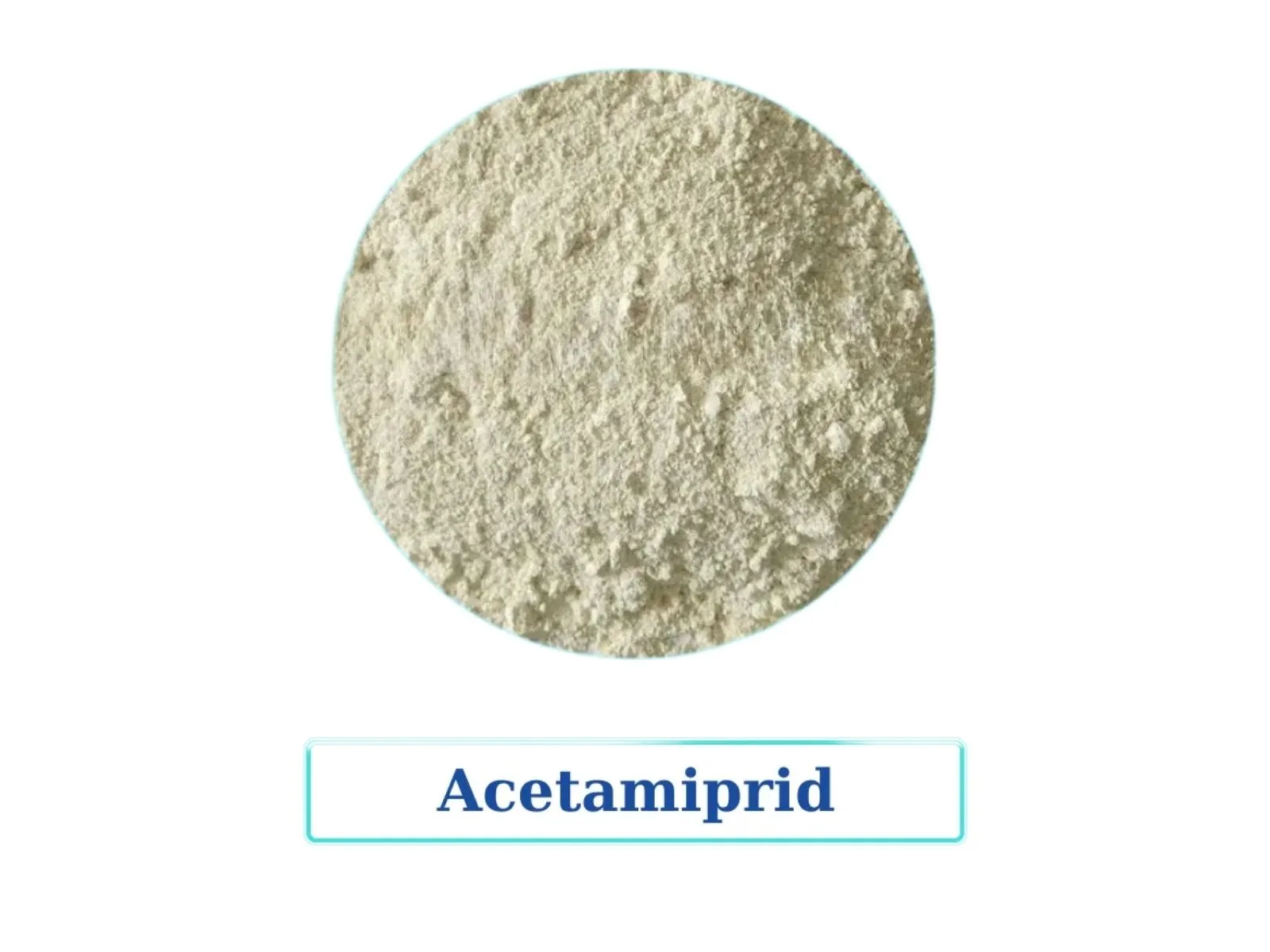
Active ingredient Acetamiprid
Brown planthoppers (Nilaparvata lugens) are one of the most devastating pests for rice farmers across Vietnam and other rice-growing countries. They typically appear from the tillering to panicle initiation stages and reproduce rapidly. These pests attach to the underside of leaves and suck sap, weakening the plant.
Their damage is not limited to leaf yellowing or stunted growth. More dangerously, they are vectors for viral diseases such as grassy stunt and ragged stunt, which can wipe out entire crops if not detected and managed early.
Brown planthoppers reproduce quickly, laying hundreds of eggs in a short life cycle. Once their population exceeds the threshold, fields can experience severe infestations, causing widespread leaf browning and plant lodging. Early intervention is key to protecting yield.
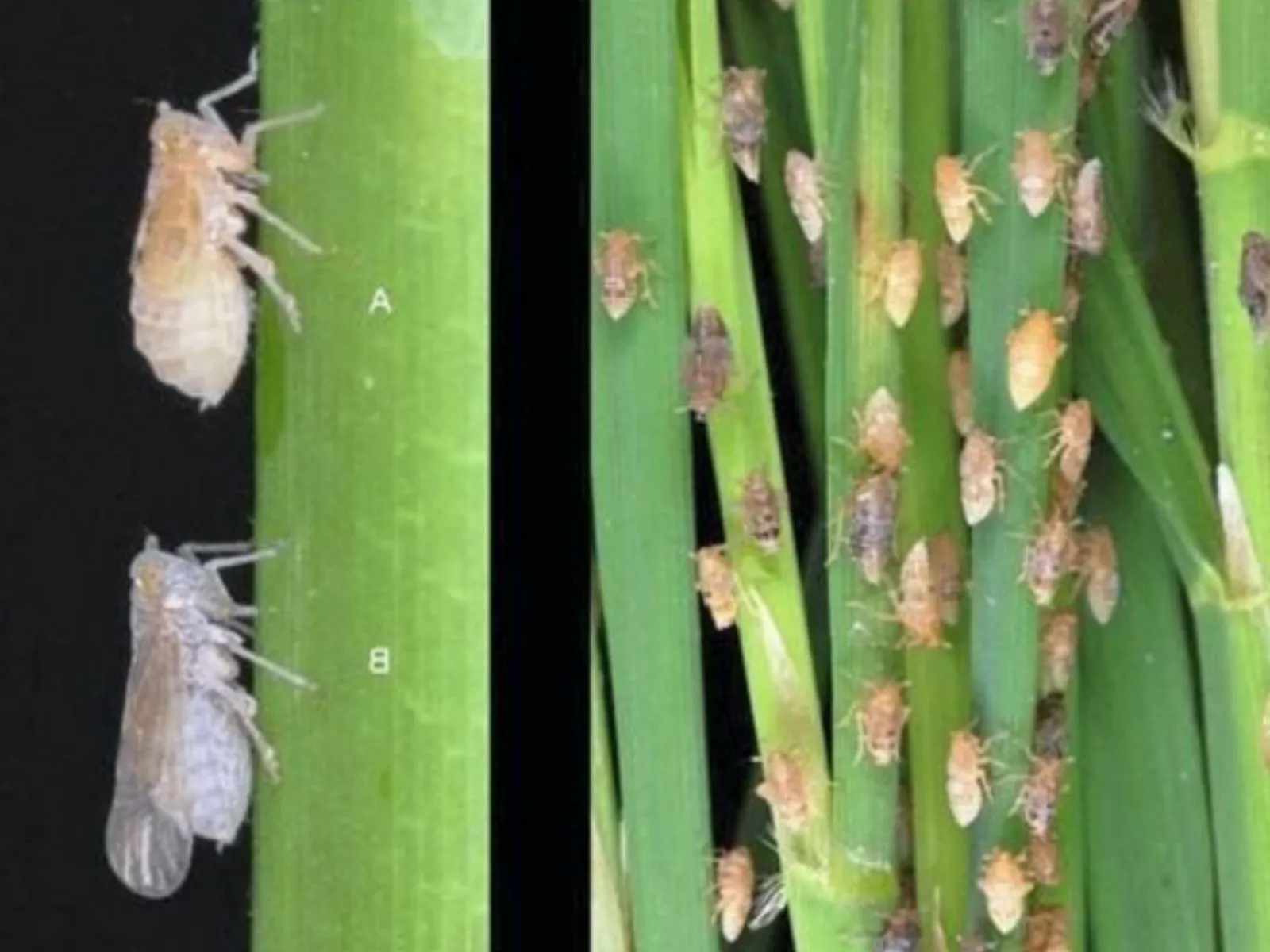
Brown planthopper
Among hundreds of insecticidal active ingredients, Acetamiprid is regarded as one of the most effective for managing brown planthoppers. Here's why:
Once sprayed, the chemical penetrates plant tissues and translocates throughout the plant. Within 1–2 hours, planthoppers show clear signs of poisoning—ceasing to feed, falling off, losing reproductive ability, and dying within 6–12 hours.
Its residual effect lasts for 5–7 days, preventing reinfestation without the need for repeated spraying, unlike many other products.
Acetamiprid works via a unique mode of action different from organophosphates or synthetic pyrethroids. This reduces the likelihood of resistance, which is crucial as brown planthoppers are becoming increasingly resilient to traditional insecticides.
Acetamiprid has low toxicity to humans and animals and minimal impact on beneficial organisms. It’s ideal for farmers practicing safe, organic, or IPM (Integrated Pest Management) farming methods.
During the rainy season, many products wash off or degrade quickly. Thanks to its deep penetration and strong adhesion, Acetamiprid maintains effectiveness even under challenging weather conditions.
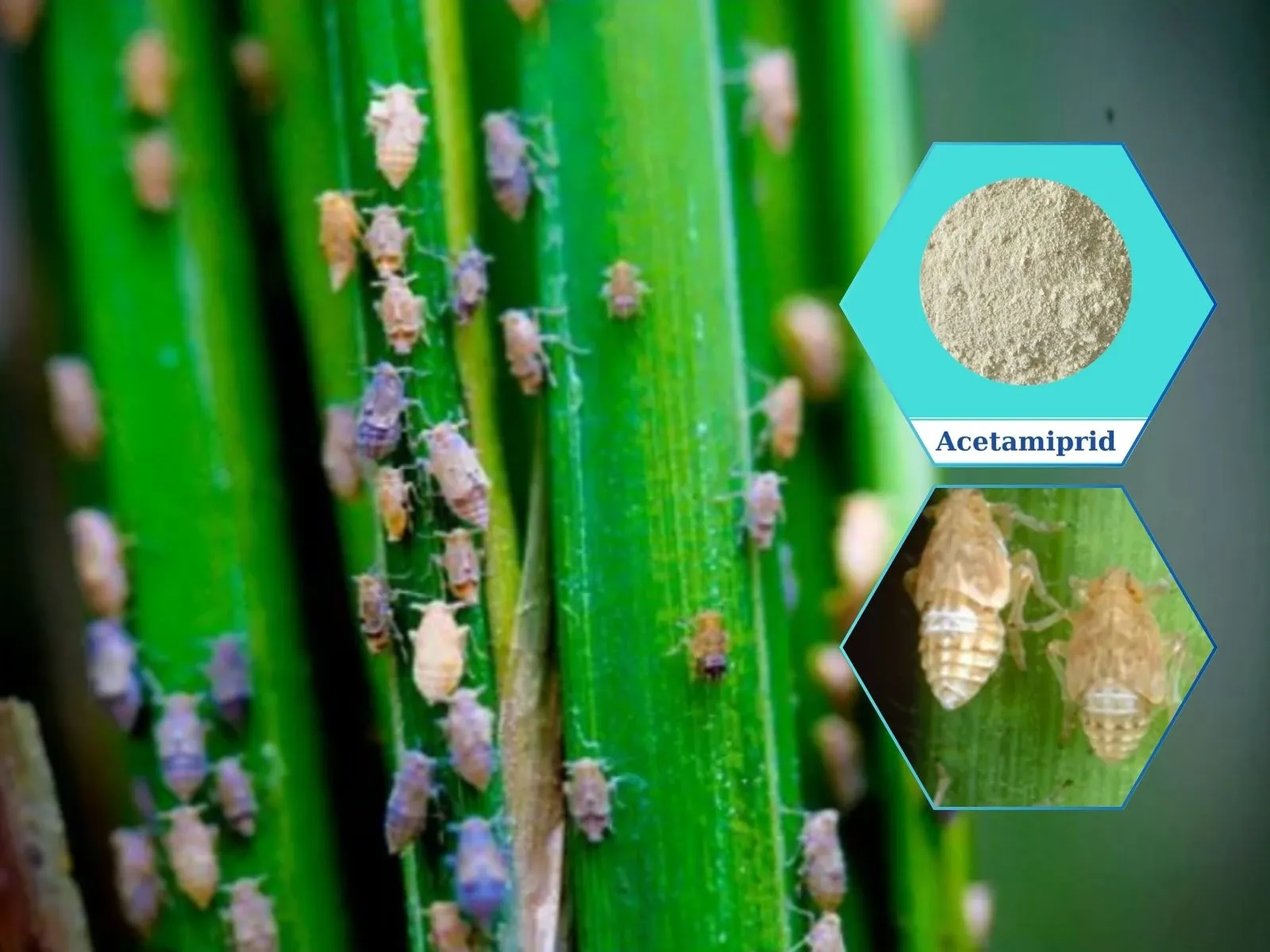
Acetamiprid helps prevent aphids from recurring
To achieve optimal results, farmers must follow proper spraying techniques and dosage guidelines.
Dosage & Mixing:
Typical dosage: 10–20 grams of active ingredient per hectare (depending on product concentration).
Always mix at the recommended rate—overdosing can harm plants and waste product.
Use clean water and spray immediately after mixing to preserve effectiveness.
Timing:
Spray early when planthoppers first appear or when populations exceed thresholds (usually >1000 insects/m²).
Ideal timing: From tillering to panicle initiation—when rice plants are most vulnerable.
Spraying Technique:
Use fine nozzles to spray both sides of leaves, focusing on the undersides where planthoppers hide.
Spray in the early morning or late afternoon.
Avoid spraying during hot midday sun or just before heavy rain.

Use a fine jet nozzle
Although it is a relatively safe compound, proper usage ensures maximum effectiveness:
Do not overdose: Over-application does not improve results and may burn young leaves or shock the plant.
Respect pre-harvest intervals: Observe a safety interval of 7–14 days (depending on product) before harvest to ensure food safety.
Avoid random mixing: If combining with other pesticides, test in small batches or consult an agricultural expert.
Use personal protection: Wear long sleeves, a mask, and wash hands after spraying.
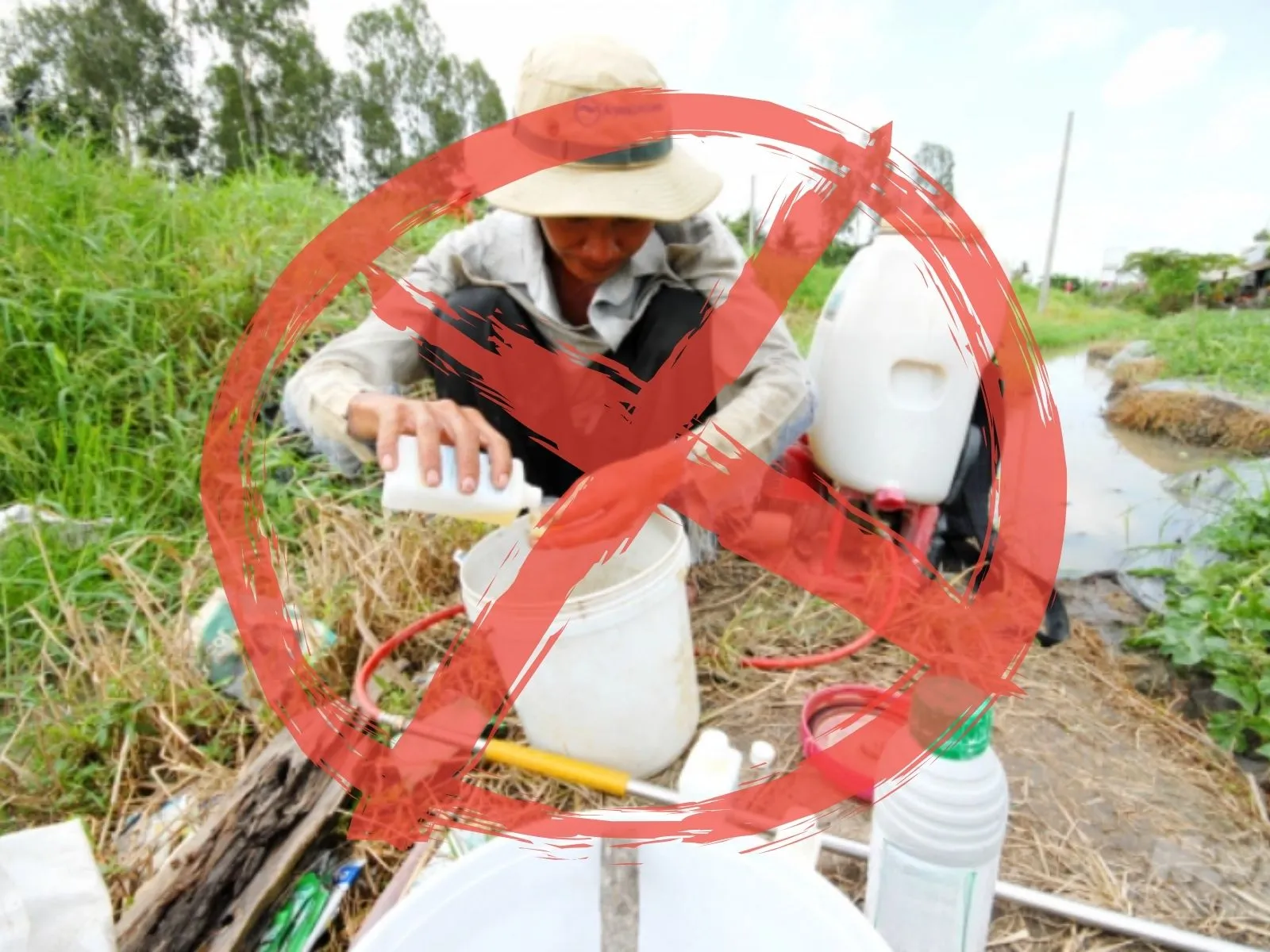
Do not mix randomly
Relying solely on chemicals without integrating good agricultural practices will not yield long-term success. For sustainable brown planthopper management, Acetamiprid should be used in conjunction with these techniques:
Synchronized Planting to Avoid Pest Pressure
Choose resistant or short-cycle rice varieties.
Plant uniformly across regions and avoid staggered sowing dates.
Balanced Fertilization
Avoid overusing nitrogen—lush young growth attracts pests.
Increase potassium and calcium to strengthen plant resistance.
Conserve Natural Enemies
Don’t spray broad-spectrum insecticides unnecessarily.
Encourage natural predators like spiders and ladybugs to thrive.
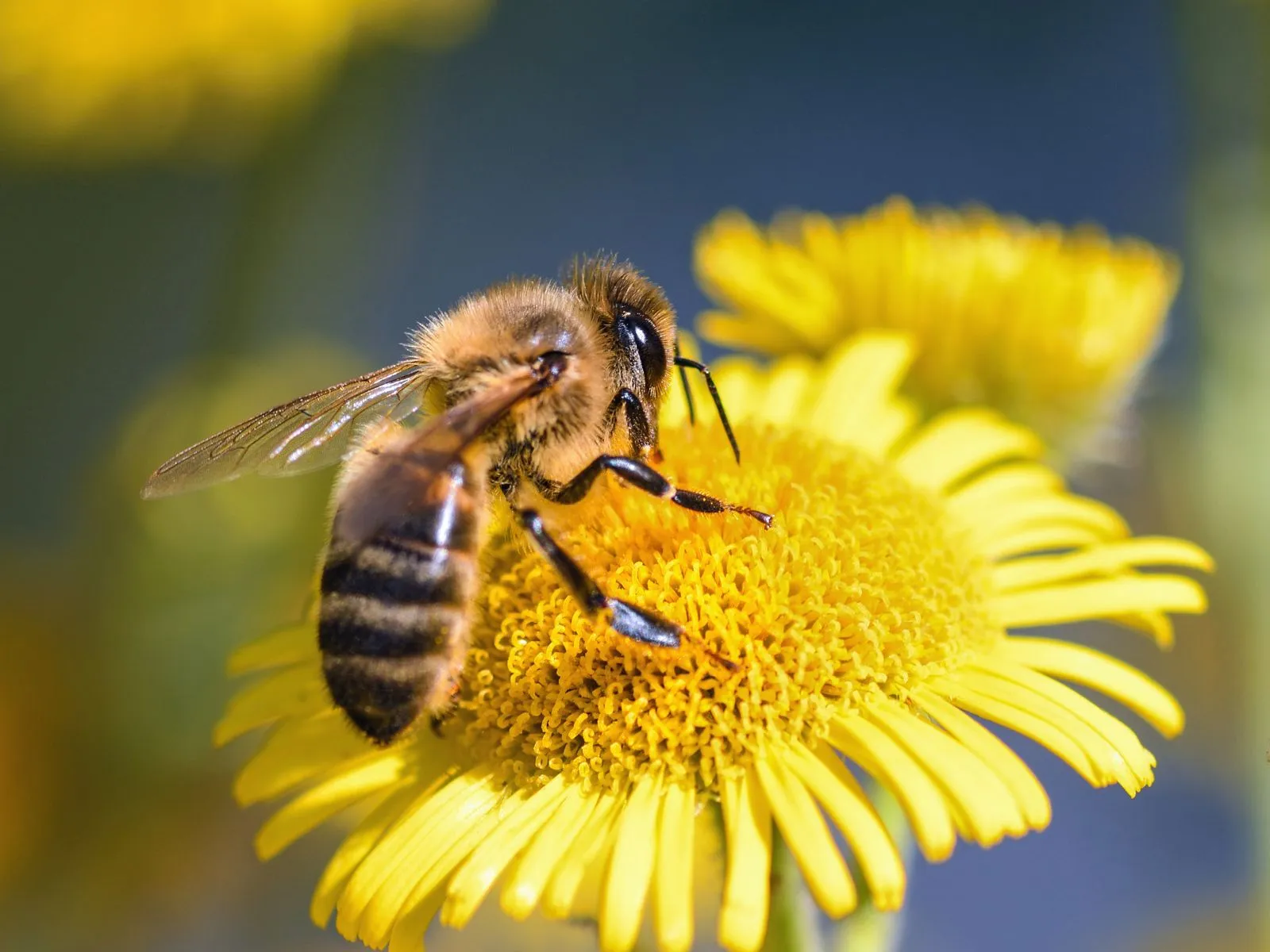
Protect natural enemies
Brown planthoppers are dangerous pests, but they can be effectively controlled if farmers take a proactive approach. Acetamiprid is a smart solution powerful, safe, and with low resistance risk. For lasting success, it should be paired with scientific farming methods such as balanced fertilization, resistant varieties, and preserving rice field biodiversity.
If you need more guidance or are looking for high-quality Acetamiprid-based products, visit the SATAKA Vietnam website or contact an agricultural expert for tailored support.